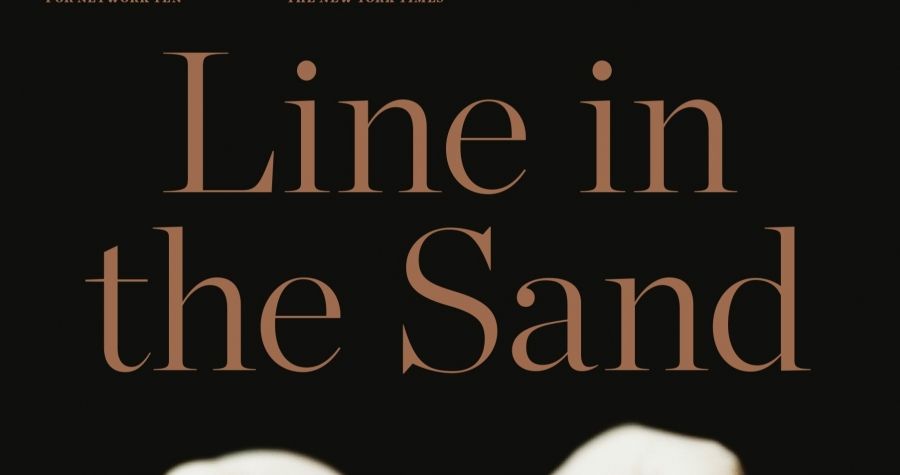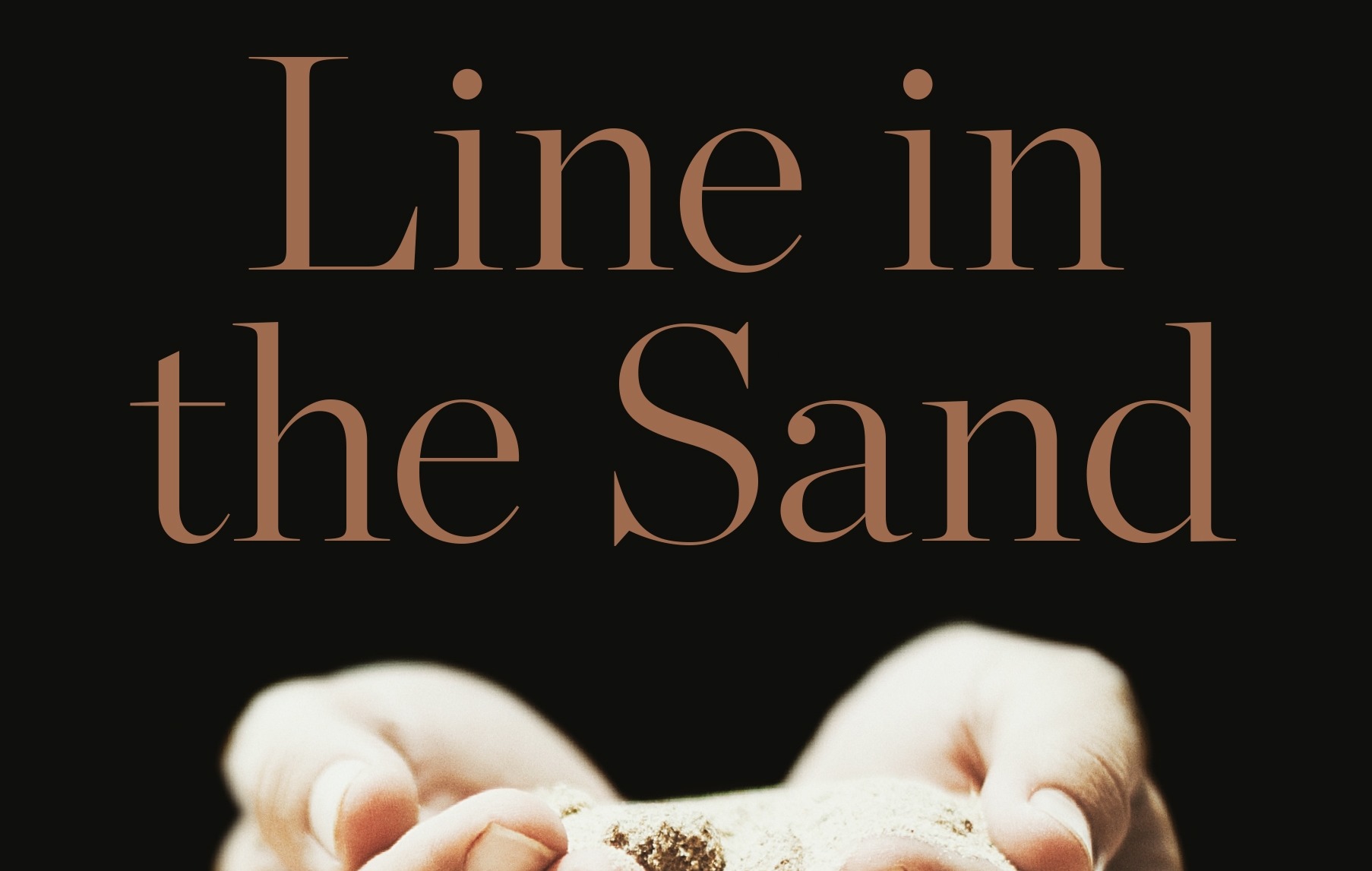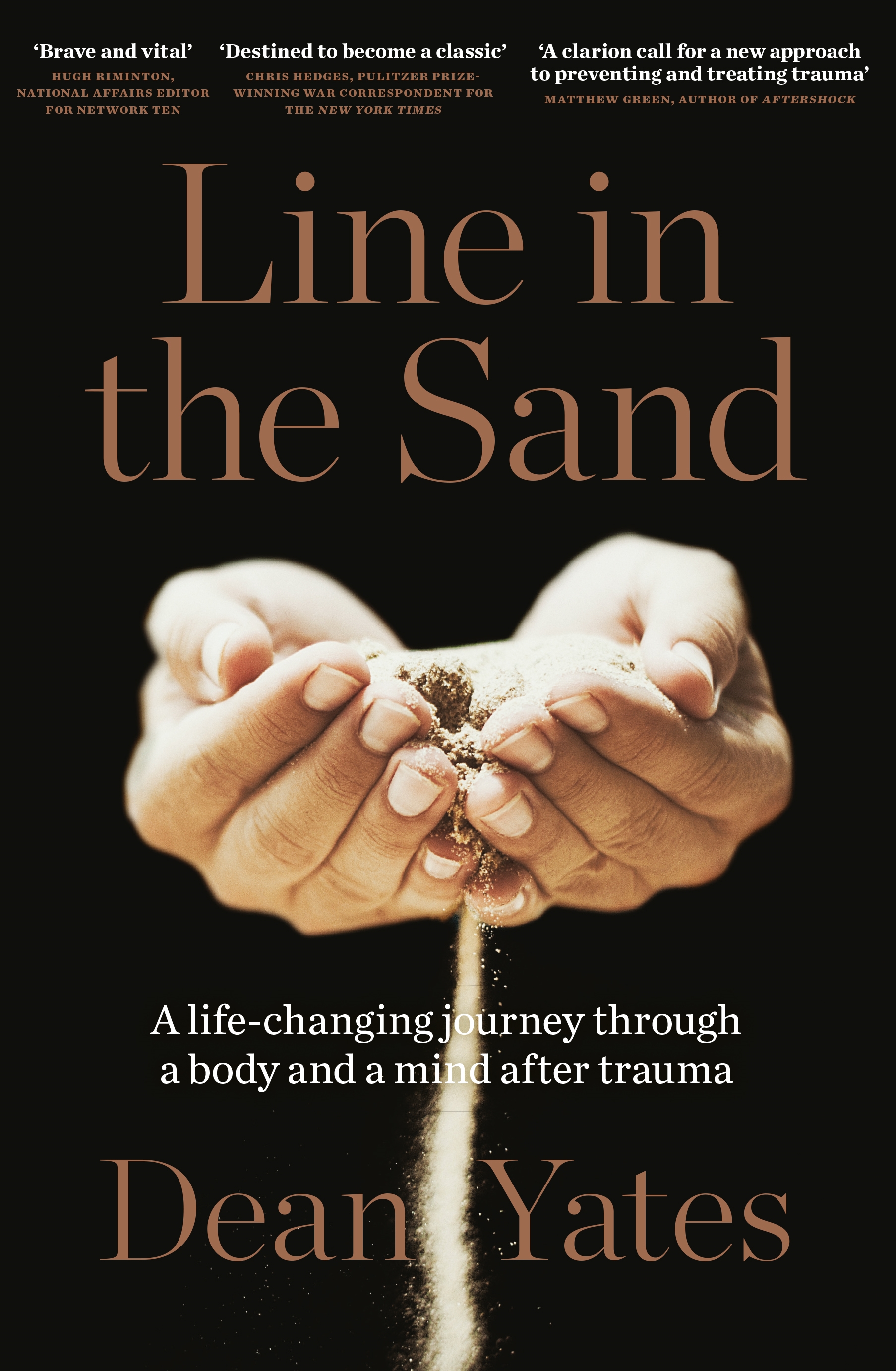
- Free Article: No
- Contents Category: Memoir
- Review Article: Yes
- Article Title: Collateral
- Article Subtitle: Dispatches from the mental battlefield
- Online Only: No
- Custom Highlight Text:
We’ve all seen the video. The black and white images are washed out, almost solarised, by the heat and glare of a Baghdad morning in 2007. As the men walk and mingle on the street, we can make out the length of their hair, pick out the skinny from the stocky, and identify what they are wearing, loose trousers, casual shirts – one with distinctive broad stripes. Mercifully, we cannot discern their individual features. All the while, the Apache helicopter hovers, unseen and unheard, its cameras trained on the men below. The crew exchange terse messages with US troops in the area and their commanders back at the flight line. Having identified weapons that the men carry and confirmed that they are not coalition forces, the crew request and receive permission to engage, manoeuvring the gunship to get a clearer shot.
- Featured Image (400px * 250px):

- Alt Tag (Featured Image): Kevin Foster reviews 'Line in the Sand' by Dean Yates
- Book 1 Title: Line in the Sand
- Book 1 Biblio: Macmillan, $36.99 pb, 335 pp
- Book 1 Cover Small (400 x 600):

- Book 1 Cover (800 x 1200):

When Chelsea Manning leaked the Collateral Murder footage to Wikileaks in early 2010, along with 700,000 other classified documents, the global public, finally privy to the chillingly casual fashion in which the US military took the lives of Iraqi civilians, howled its outrage. For Dean Yates, the footage – which he didn’t watch in full for some years – and the associated publicity finally broke him. Yates was Reuters’ Baghdad bureau chief in 2007. Namir and Saeed were among the more than one hundred local staff for whom he was responsible. It was not so much that Yates blamed himself for their deaths – Baghdad was a very dangerous place, and all reporters and support staff were aware of the risks they were taking. It was that he had mistakenly blamed Namir for bringing down the rain of fire by warily poking his camera lens around a corner. It was years before he remembered that the Apache crew had already been granted permission to open fire and nothing Namir did, or did not do, would have altered the outcome.
Yates’s failure to recall this fact was one of the many symptoms of the PTSD that beset him over the coming years. Before the events in Baghdad, he had already been exposed to more trauma than anyone should suffer. From the smoking ruins of the Bali bombings in 2002, where, picking his away across the scorched earth of the Sari nightclub, he almost stepped on a severed human hand, to a mosque full of bloated victims of the 2004 Boxing Day tsunami in Aceh, Yates had witnessed the worst of human malevolence and the overwhelming impact of nature’s deadliest force. He struggled on for a little while after the events in Baghdad, but his growing volatility at home, matched with a creeping emotional numbness, finally drove him to Ward 17 at Melbourne’s Austin Health, a specialist unit for victims of PTSD. After an initial concern that he didn’t deserve to be there, Yates found comradeship among the first-responders, former soldiers, and the odd civilian who, deeply damaged by their exposure to crime, conflict, or misadventure, had been referred to the unit. Here a team of psychiatrists, psychologists, social workers, occupational therapists, nurses, and chaplains provides intensive, personalised treatment. What Yates is seeking, he gradually comes to understand, is not recovery per se but the means to manage his worst symptoms and the tools to navigate the new mental landscape he inhabits.
Control is a central concern of the narrative. An alpha male who thrived in a high-profile high-pressure job, at first Yates seeks to escape his demons by ruling over and conducting them. Though he is well supported by Reuters, who meet the bills for his treatment, he spends years raging about their alleged callousness towards him. His crusade for justice restores the illusion of control, though he eventually concedes that it is impeding his recovery and he drops it. He busily googles his symptoms, reading everything he can about PTSD and Moral Injury, before providing his therapists with a reading list. All the while he is diarising and making notes, constructing the narrative that we now have in book form as he undergoes the journey it describes. Hence its jaggedness, its repetitions and rawness, the repeated returns to Ward 17, the obsessive picking at threads of rage and discontent. These are a war reporter’s live dispatches from the mental battlefield.
This also accounts for the excoriating openness of the narrative. Yates spares himself, and his family, nothing, detailing his visits to sex workers, his coercion of his wife in the bedroom, his short-temperedness with his children. He is his own most unforgiving critic, and if he does not emerge from the narrative as a sympathetic character, that is a mark of its success. There is nowhere to hide. The whole family are on Yates’s PTSD journey. While the children struggle through the ups and downs of school, adolescence, and their own mental health challenges, they tiptoe around a father ready to blow up at a barking dog, a dropped dish, any of a busy home’s signature tunes. His wife, Mary Binks, a former foreign correspondent, struggling with her own PTSD, holds the whole creaking domestic show together. Shielding the children from the worst of Yates’s temper, she talks him down when he is manic, extends a loving hand when he is in the pit of despair, and tells him the truth, however hard, when he needs to hear it. Yates is the wounded man, but it is Mary who deserves the medals.


Comments powered by CComment